The Great Green Wall is an African initiative to expand the amount of arable land in response to pressing concerns of issues like desertification, land degradation, and climate change along the Sahel region of Africa. The nations that have invested in this project include Djibouti, Eritrea, Ethiopia, Sudan, Chad, Niger, Nigeria, Mali, Burkina Faso, Mauritania, and Senegal, which runs from the Atlantic Ocean to the Red Sea. Along the edge of the Sahara Desert, a formidable barrier is envisioned to traverse an astonishing distance of approximately 8,000 kilometers, encompassing over 20 different countries from Dakar in the west to Djibouti in the east was envisioned to be completed by 2030. Hence the Great Green Wall initiative is a flagship programme to combat a wide range of issues uprooting poverty and ensuring ecological advancement and sustainable growth impacting social and political outcomes of the African Nations.
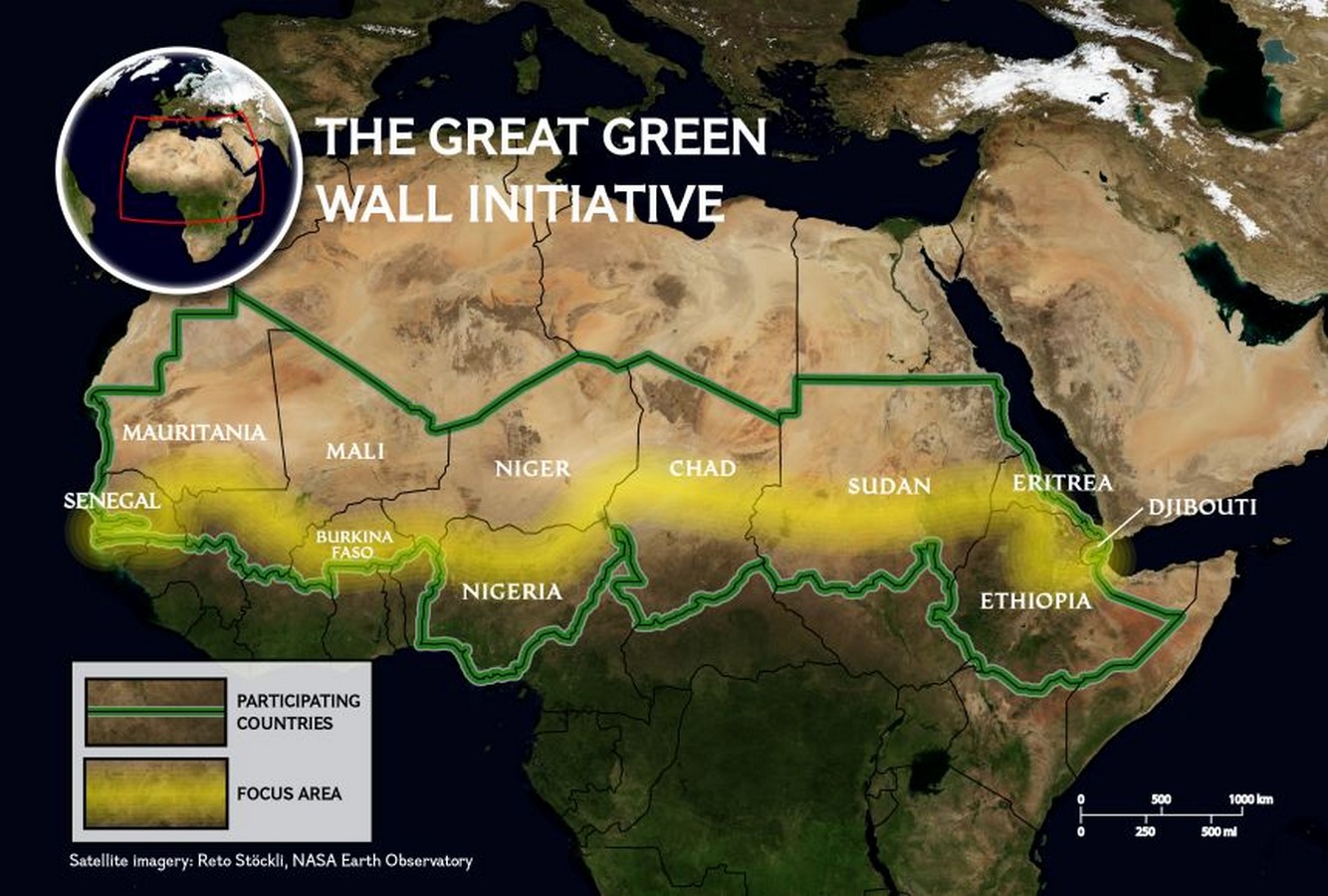
Conceptualization
Initially, the tree of ténéré; a species of acacia, stood in isolation along the desert region’s borders. Due to the wind from the desert used to dig up and erode the soil. This leads to productive cropland turning into non-productive, desert-like environments. Hence a “wall” of trees was proposed in response to the aridification across the continent. The tree of ténéré was planted along the edge due to its water-holding properties to result in the dry wells getting filled up again. As a result, it reduces land degradation.
The Great Green Wall concept was first put forth in the early 2000s in response to the Sahel region’s increasing desertification and degradation of the land. The concept of the wall evolved through time into a more adaptable socioeconomic model: a mosaic of forested land, mixed with agricultural and grassland, extending over 780 million hectares (1.93 billion acres), which also supports local people.
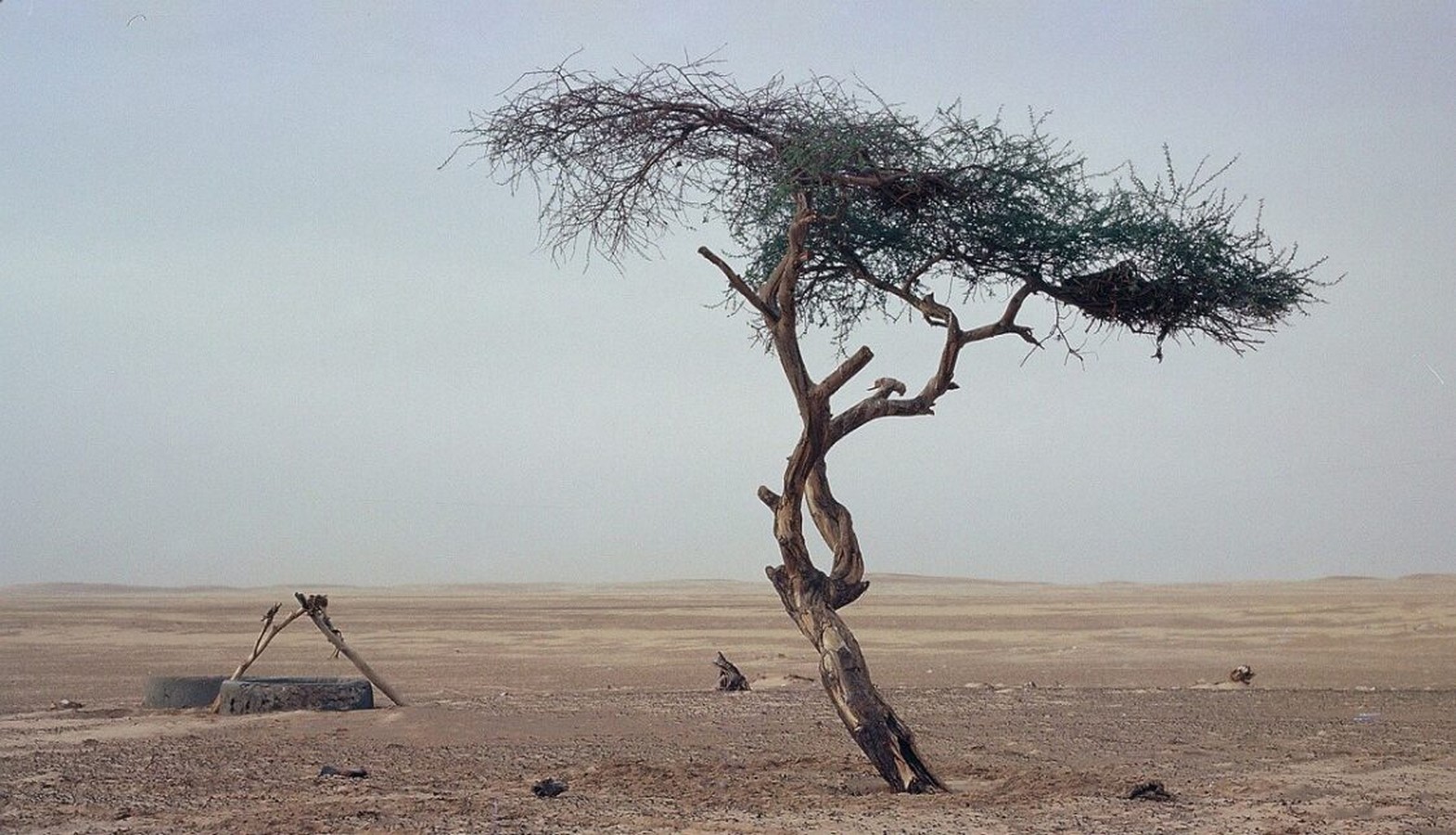
Stakeholders and Design Team
The project’s $2 billion budget stems largely from World Bank co-financing and partnerships fostered by the African Union as well as the UK Botanical Gardens. The other sponsors include the local communities, non-governmental organizations (NGOs), as well as government organizations. The Great Green Wall Initiative requires tree species that can survive and thrive in the arid fringes of the Sahel. Hence, to select the right species botanists from Royal Botanic Gardens, Kew, in the United Kingdom were brought on board. A restoration model was developed by Seed Bank Partnership to help the environment and the local communities. Partnerships with the U.N. Food and Agriculture Organization’s Forestry Department and national forestry organizations in the three countries helped identify the ideal combination of tree species, land-use techniques, and other methods to tackle the existing issues. Under the umbrella of the Great Green Wall, other countries have launched regional projects and initiatives. Growing an “Olympic forest” in Mali and Senegal is a joint effort between Tree Aid and the International Olympic Committee (IOC), which is taking advantage of the growing market for carbon offsets as a means of funding land rehabilitation initiatives. These initiatives consist of improving water access, planting trees, and implementing sustainable land management techniques.
Misconceptions of the initiative
Both difficulties and favorable responses have been experienced by the initiative. There are difficulties in coordinating efforts across numerous nations, budget shortages, and political instability in some countries.
- The common misconception of the project includes thinking the project wants to fight the dessert. The environment of the Sahara Desert is relatively stable. Of course, there are some marginal regions where there are some sand movements.
- It is just a belt of tree plantations from east to east of the African continent. Contrary to this the project aims to the concept of a wall of trees evolved in response to concerns about its efficacy in preventing aridification, addressing climate change, and supporting local livelihoods through agriculture, beekeeping, agroforestry, and animal husbandry.
Challenges of the initiative
Both difficulties and favorable responses have been experienced by the initiative. There are difficulties in coordinating efforts across numerous nations, budget shortages, and political instability in some countries.
- The initiative has only reached 18% of the total target and securing the necessary funding the ambitious project has faced failed promises.
- There are many terrorist groups that are operating in the corridor of the Great Green Wall hence making it unsafe for the local people to carry out the initiative.
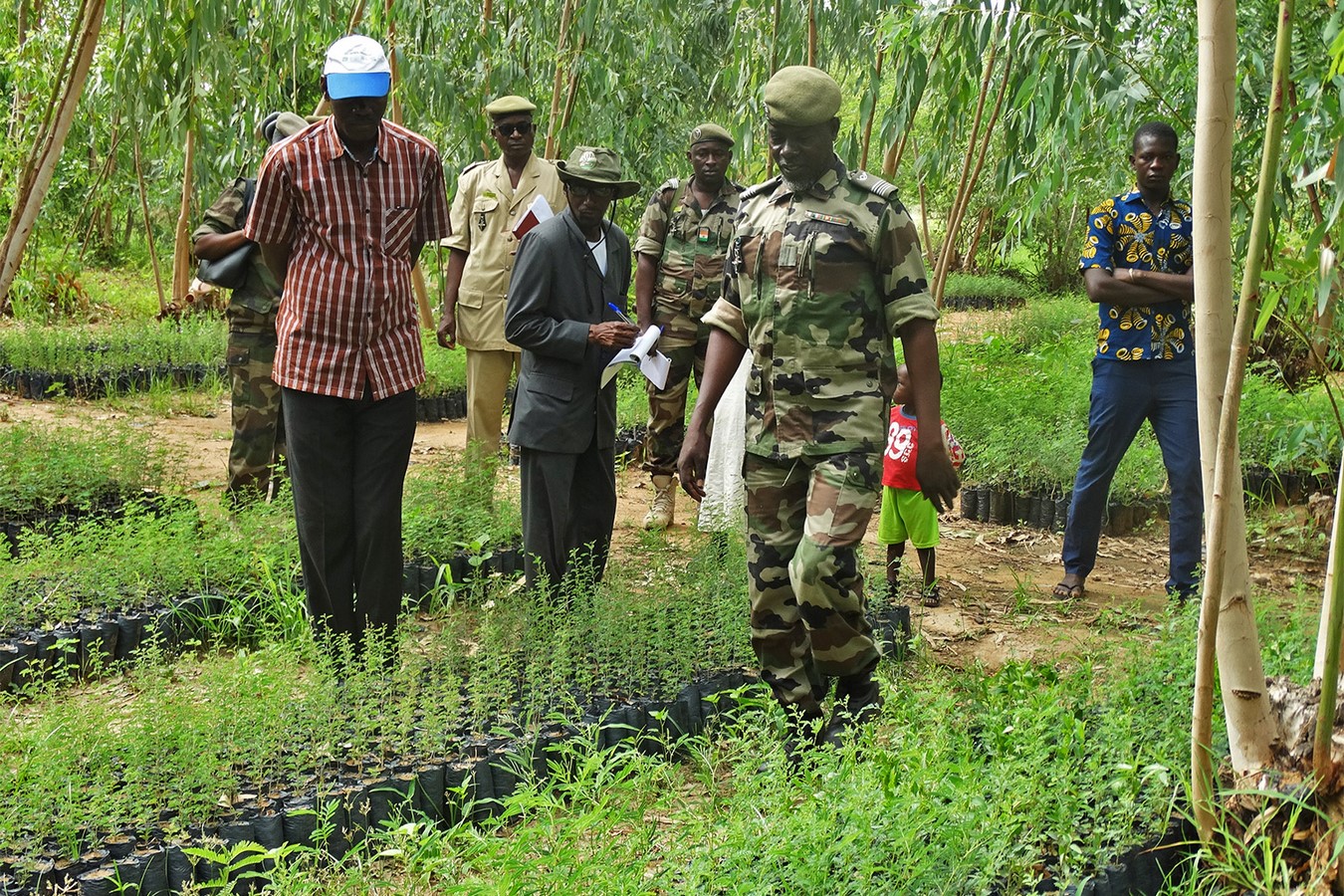
- When water is scarce, it is quite challenging for trees to flourish in the arid and semi-dry regions of the Sahel. To collect rainwater and retain it so that it lasts for two to three months after the rains, some people dig retention basins or trenches.
- Desert locusts have been a major concern for organizations and local people that consume the vegetation in the restored landscapes overnight hampering the progress of the initiative.
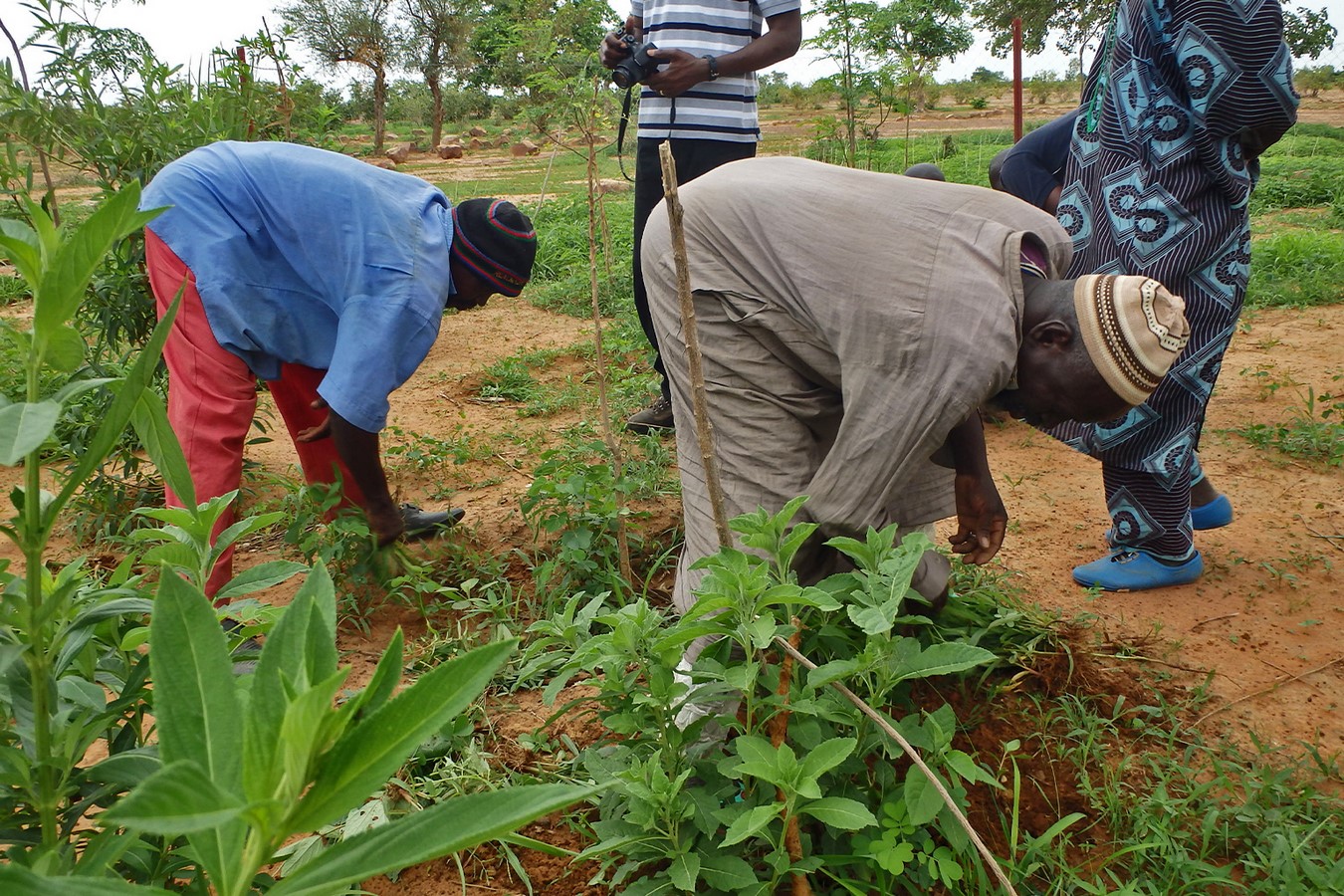
Future
By 2030, the campaign hopes to mobilize a global popular movement to realize this urgent African ambition. Through media outreach, events, and interaction with civil society, it has already reached millions of people. Future highlights include the debut of the Great Green Wall documentary, which Fernando Meirelles, an Oscar nominee, and Malian musician Inna Modja worked on together.
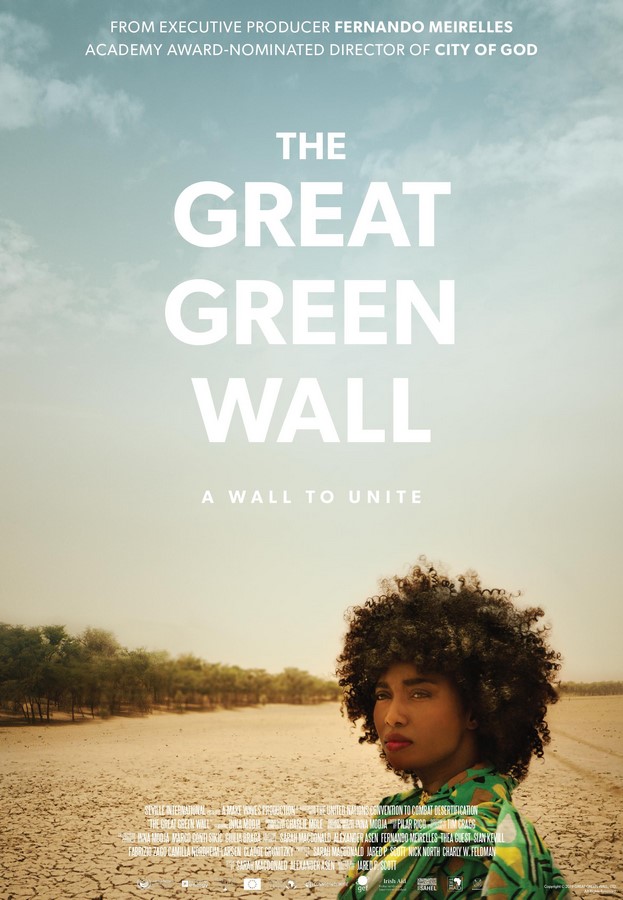
The Great Green Wall is an inspiring image of hope that addresses issues like resource-driven conflict, migration, and food security. With a clear focus on motivating long-term public and private investment, the campaign intends to increase global knowledge of the project in public forums, policy discussions, as well as media and cultural sectors. The flagship program indirectly also promotes the sustainable use of natural resources as an investment in the future of Africa by assisting women and young people in creating synergies between restored ecosystems and resilient livelihoods. Hence, it can influence climate trends and have a lasting impact on the continent’s development trajectory. It is a tangible illustration of how man and nature can coexist to leave behind something special.
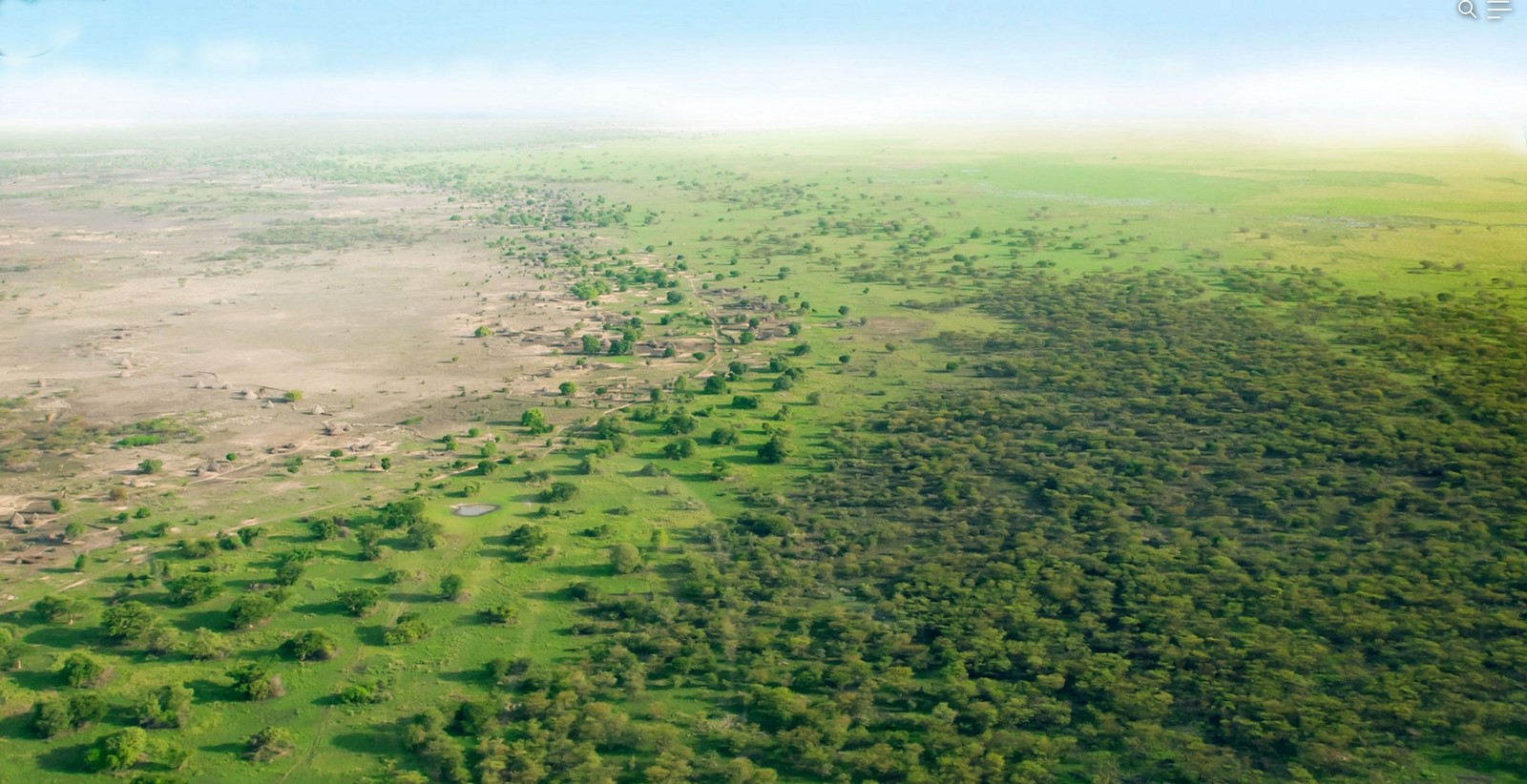
References
Great Green Wall Homegrown Solutions to Accelerate Climate Action andDevelopment. (2023, January 23). United Nations Development Programme. Retrieved September 3, 2023, from https://www.undp.org/africa/stories/great-green-wall-homegrown-solutions-accelerate-climate-action-and-development
Great Green Wall Initiative. (n.d.). UNCCD. Retrieved September 3, 2023, from https://www.unccd.int/our-work/ggwi
A green wall to promote peace and restore nature in Africa’s Sahel region. (2023, February 22). UNEP. Retrieved September 3, 2023, from https://www.unep.org/news-and-stories/story/green-wall-promote-peace-and-restore-nature-africas-sahel-region
Kappler, J. (2022, October 24). The Great Green Wall. National Geographic Society. Retrieved September 3, 2023, from https://education.nationalgeographic.org/resource/great-green-wall/
Millison, A. (2017, September 26). Why is Africa building a Great Green Wall? BBC News. YouTube. Retrieved September 3, 2023, from https://www.youtube.com/watch?v=4xls7K_xFBQ
Raman, S., Ceci, P., & Hance, J. (2023, August 3). Progress is slow on Africa’s Great Green Wall, but some bright spots bloom. Mongabay. Retrieved September 3, 2023, from https://news.mongabay.com/2023/08/progress-is-slow-on-africas-great-green-wall-but-some-bright-spots-bloo
The Incredible Story of the Loneliest Tree in the World and How It Was Killed By a Drunk Driver. (n.d.). Earthly Mission. Retrieved September 13, 2023, from https://earthly mission.com/tree-of-tenere-loneliest-in-the-world-acacia-sahara-niger/

















